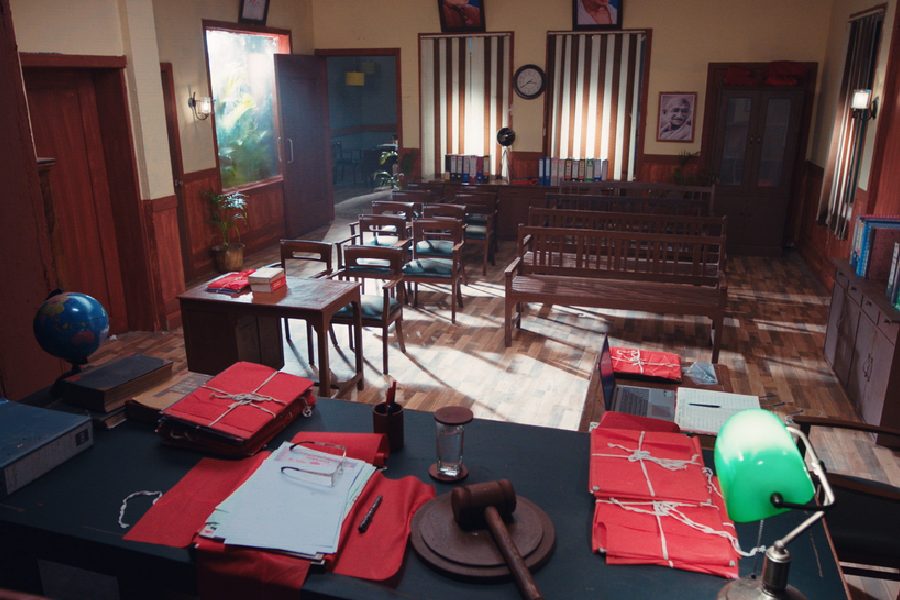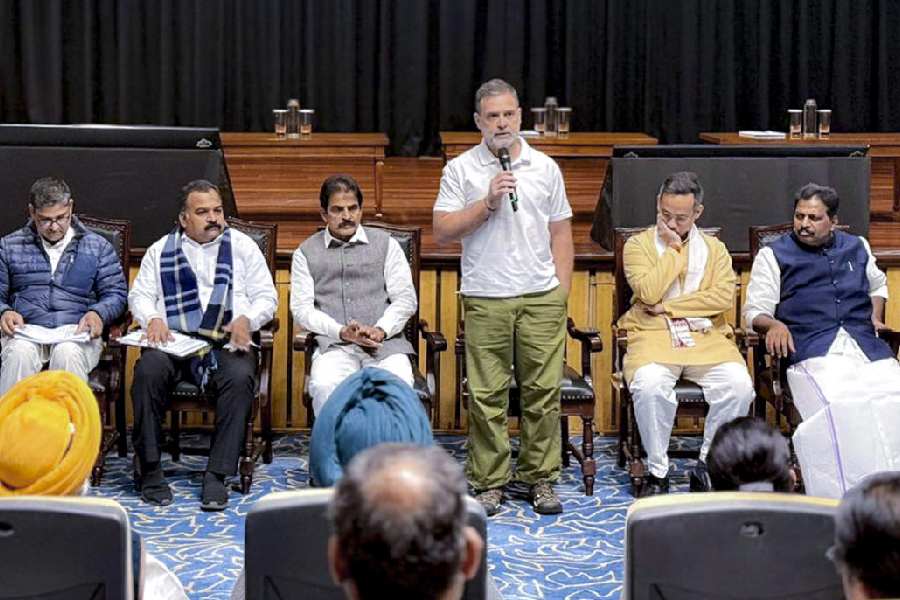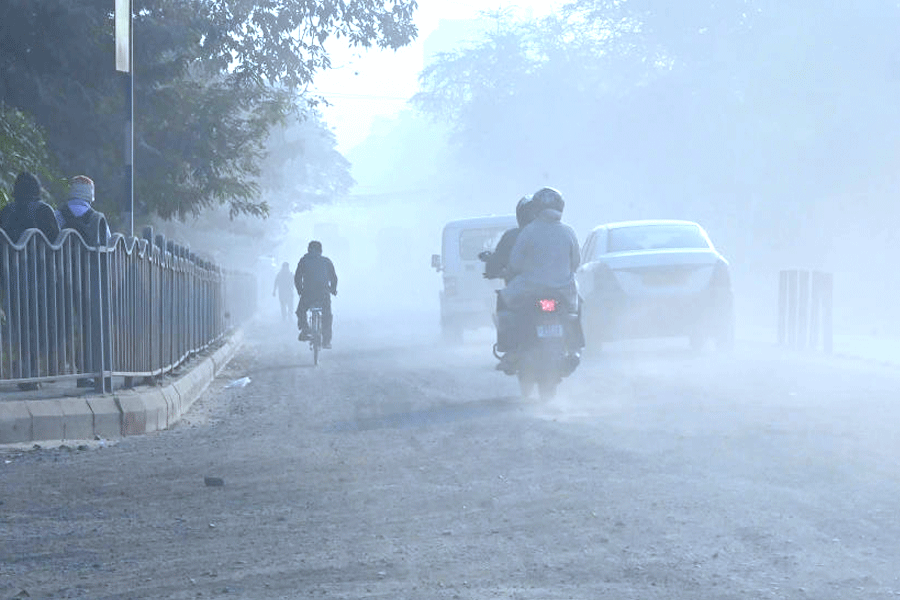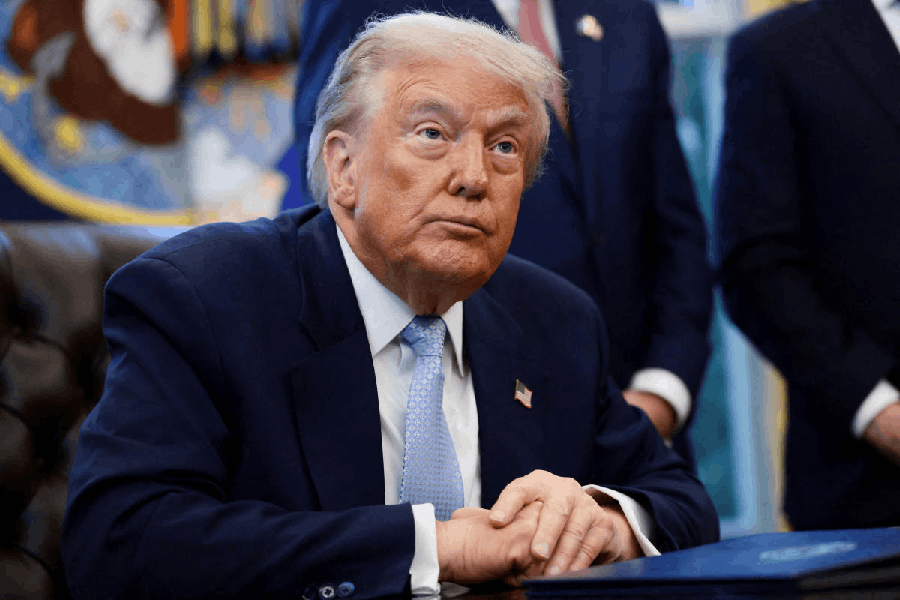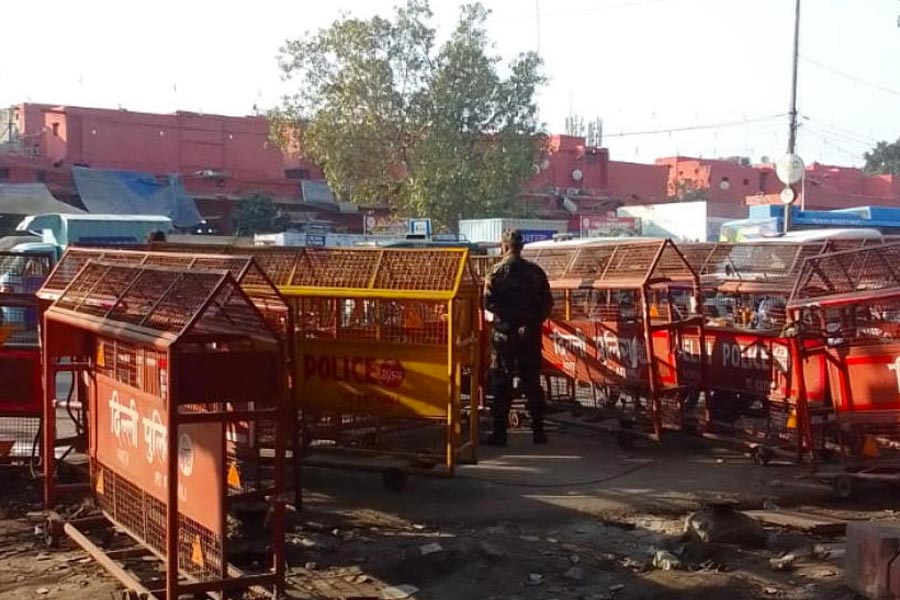The representation of women, the backward classes, scheduled castes and tribes in the judiciary is low, the Union law ministry’s written reply to a question in Parliament has revealed. .
“Based on the information provided by the recommendees, out of 743 high court Judges appointed since 2018 till July 21, 23 belong to the SC category, 17 belong to ST category and 93 belong to OBC category. As on July 21, 2025, one woman Judge is working in the Supreme Court and 105 women Judges are working in various high courts,” wrote Arjun Ram Meghwal, junior minister with independent charge of law and judiciary.
He was replying to a question raised by the CPM’s Rajya Sabha MP John Brittas.
Brittas said the figures exposed the stark underrepresentation of various social structures in the higher judiciary.
“Social justice remains an empty slogan,” Brittas said. “The judiciary remains deeply exclusionary despite repeated calls to enhance diversity. The high courts operating at only 67 per cent of their sanctioned strength directly results in delayed justice and case backlogs.”
Meghwal informed the Rajya Sabha that the Chief Justice of India and the chief justices in the high courts have to initiate the proposals for appointment of judges to the Supreme Court and the high courts.
The minister claimed the government had requested the CJI and high court chief justices to suggest suitable candidates from different categories like SC, ST, OBC, minorities and women to ensure social diversity in the appointment of judges.
Brittas’s questions were on the strength and vacancies of judges in the Supreme Court and the high courts, the number of proposals pending with the Supreme Court collegium or government, vacancies in the high court to which government’s recommendation is pending, number of women judges and those from the SC, ST and OBC categories in the apex court and the high courts, along with the representation of each in the non-judicial staff in the Supreme Court and high courts.
According to minister Meghwal, against the sanctioned strength of 34 judges in the Supreme Court, only one position is vacant. In the high courts across all the states and Union Territories 751 judges are working while 371 posts are vacant out of a sanctioned strength of 1,122 judges.
Around 175 proposals for appointments in the high courts are at various stages of processing between the government and the Supreme Court collegium. No recommendations have been received yet from the high court collegiums on 196 vacancies.
The minister also stated that information on the non-judicial staff in the Supreme Court and the high courts are not maintained centrally. Seven of the high courts – in Patna, Shillong, Uttarakhand, Madhya Pradesh, Karnataka, Odisha and Rajasthan – have provided the figures.
In April this year, the Narendra Modi government finally gave a nod to a caste census to be conducted as part of the national census, which has not been held for over a decade.
Conducting the caste census was a major poll plank for the Congress in the last Lok Sabha polls.

